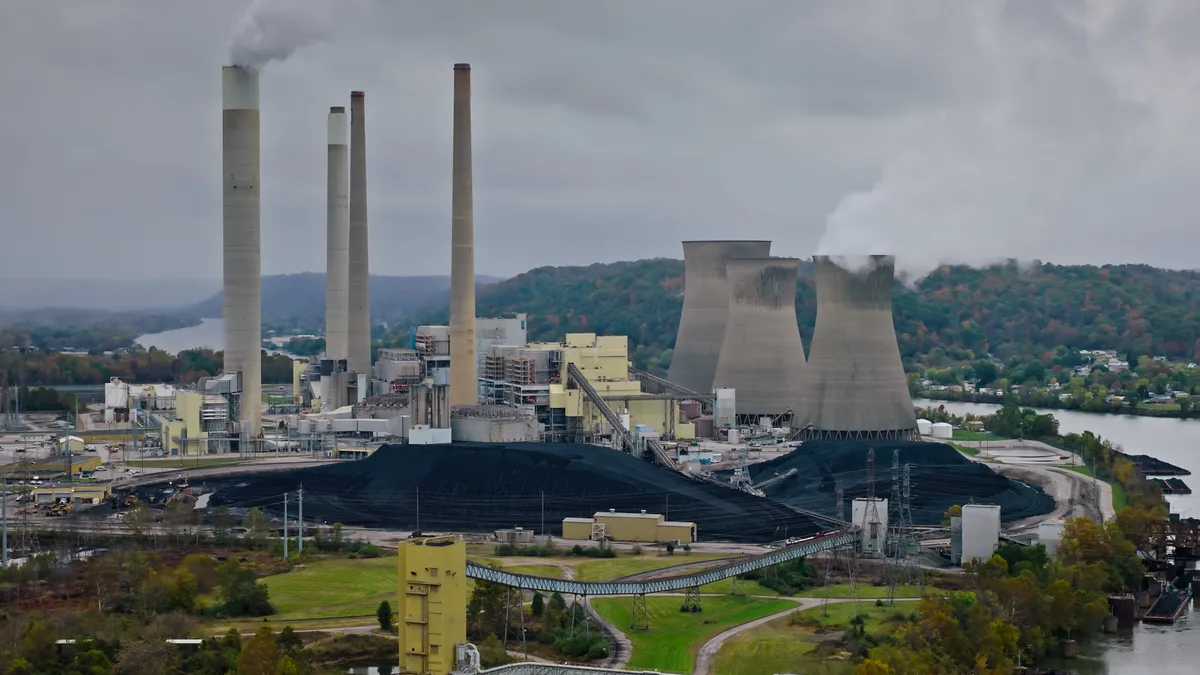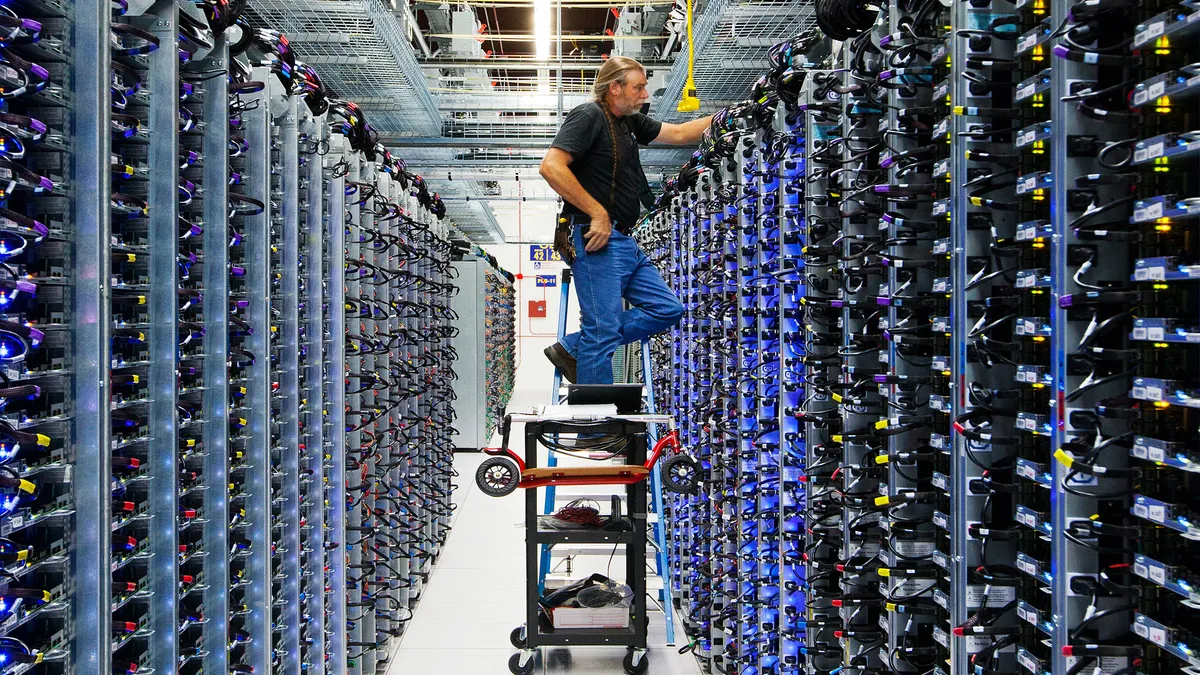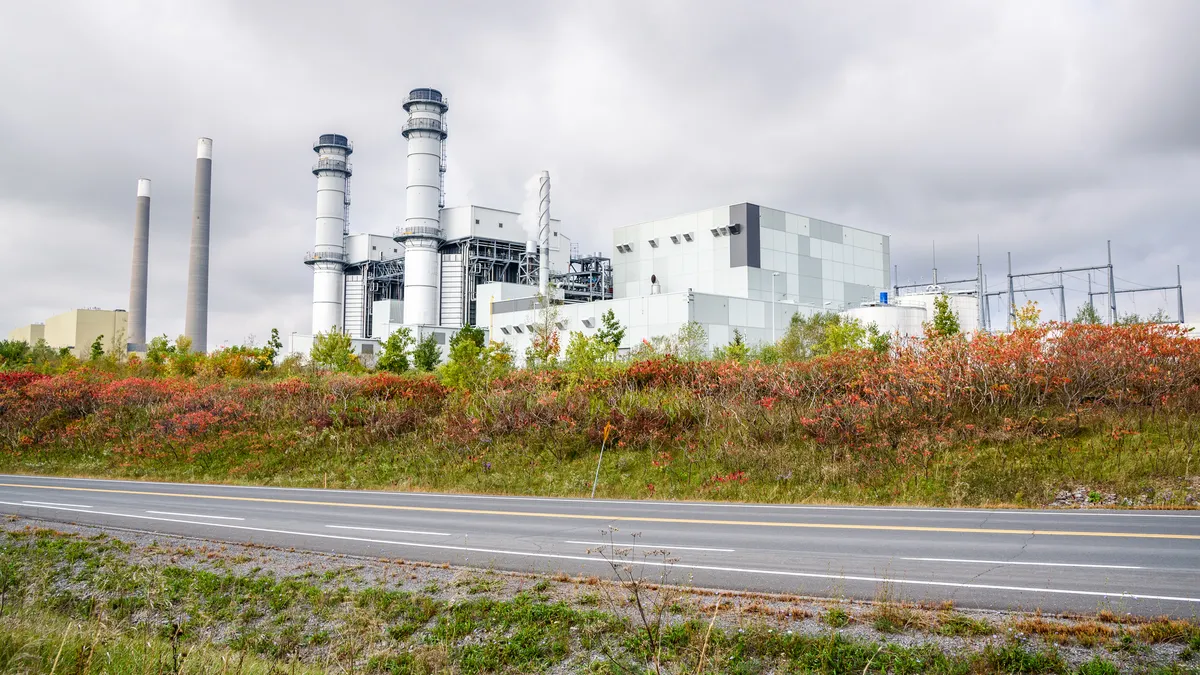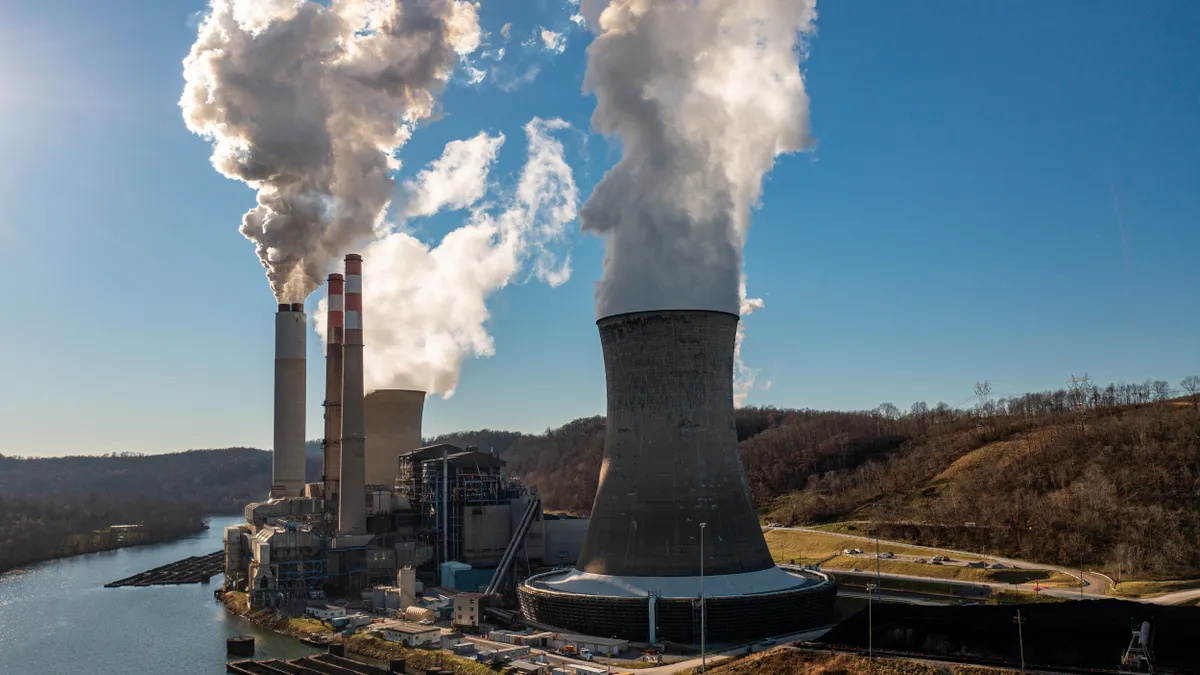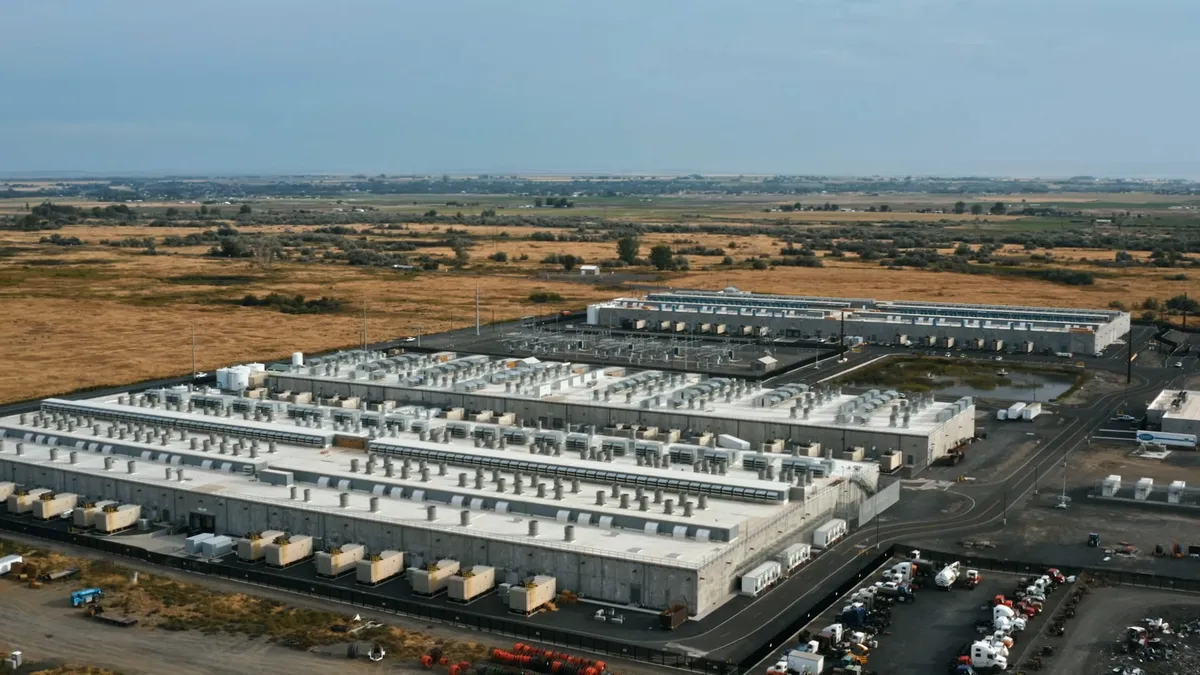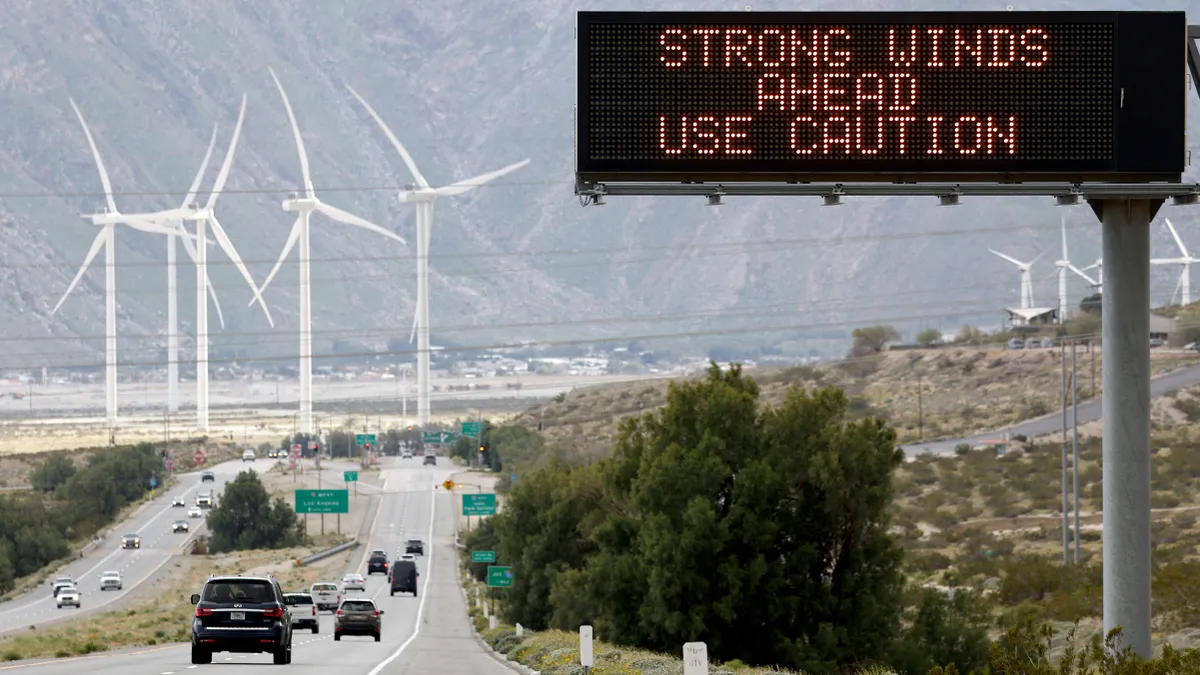Distributed energy resources (DERs) have spurred a reassessment of utility regulatory models in several states, most notably perhaps in New York with its Reforming the Energy Vision (REV) initiative. Recently, however, the mood for reform has spread to other commissions in states such as Illinois, Minnesota and California.
California, in fact, is engaged in a “mega proceeding” to address numerous DER regulatory issues. In April, Commissioner Mike Florio of the California Public Utilities Commission (PUC) added to the debate with a draft proposal for a pilot program that introduces a radically different way of looking at utility incentives and revenue models.
Florio’s proposal attempts to address the problem that it is not in a utility’s interest to facilitate the deployment of DERs by third parties or to purchase grid services from them. Under the current regulatory model, utilities can earn a return on equity for the capital investments they make in traditional infrastructure, like lines and large plants, but not when they use distributed resources instead.
Allowing or facilitating third party investments in their territory in fact “sets up a potential conflict with the company’s fundamental financial objectives,” according to the draft proposal, since DER adoption can lower power sales by the utility. Florio’s proposal is an attempt to resolve the conflict between the commission’s policy objectives and utilities’ financial imperatives.
The policy targets set by the state make resolving that conflict more pressing. Gov. Jerry Brown’s (D) Clean Jobs Plan sets a goal installing 12,000 MW of distributed generation and 8,000 MW of large-scale renewable resources by 2020. Under a 2013 law, AB 327, utilities in the state had to submit a Distribution Resources Plan (DRP) to the CPUC by July 1, 2015, identifying optimal locations for distributed resources.
The requirement to file Distribution Resources Plans has led to the much larger proceeding addressing Integrated DERs that includes Florio’s DER incentive proposal, as well as proceedings covering electric vehicles, solar power, energy storage, demand response, energy efficiency, net metering and self generation.
The need for changes to the utility-regulatory model is acknowledged not just at the PUC but among utilities, as well. In a recent interview Pacific Gas & Electric CEO Tony Earley said state regulators “do need to innovate in the rate structure.”
“Thomas Edison would recognize the basic rate structure today,” he said. “The model of paying per kWh just doesn't work in an age when you've got all this new tech coming on.”
Even though Florio’s proposal is still only a draft, it addresses the problem in a way that could introduce radically new element to the utility regulatory model — one that has both the state’s largest power providers and its DER developers a bit uneasy.
Reforming the revenue formula
Traditional utility rate regulation is based on allowed return on equity and the cost of equity. That relationship can be expressed as r = k, where r is return on equity and k is the cost of equity.
In traditional utility ratemaking, regulators have, in theory, largely been indifferent to shareholder value and focused instead on allowing utilities to earn a return that provides safe and reliable service to customers at fair rates.
That is where Florio’s proposal makes a radical departure. Florio advocates that shareholder value is an important part of providing incentives to utilities. In his formulation, the “value engine” is r minus k (r – k) where, again, r is return on equity and k is the cost of equity. Simply put, Florio’s proposal argues that utilities have an incentive to invest when the return on equity is greater than the cost of equity, and that regulators should test this model to enhance DER deployment.
“Valuation hinges on a gap,” says Steve Kihm, principal and chief economist at consulting firm Seventhwave. Kihm says understanding the relationship between r and k explains why some utility stocks languish even as they make investments while other increase in value.
He argues that Florio’s proposal is innovative because it introduces a well established concept from corporate valuation principles into utility regulation in an attempt to align the interests of regulators, utilities and utility shareholders.
“This is part of what has been missing” in discussions about how to structure utility incentives, Kihm said.
Kihm, along with collaborators from other organizations — Jim Barrett, Casey Bell, Ron Lehr, Sonia Aggarwal and Edward Burgess — authored papers appended to Florio’s proposal that lay out an historical and prospective view of the r – k formulation.
The value engine concept goes to the heart of the utility business model. But in Florio’s draft formulation it does not go all the way to resolving the issue at hand.
In Florio’s conception, utilities are best equipped to identify where and when DER projects can provide value to ratepayers, especially when compared to traditional grid investments. But those projects would not come at the expense of ratepayers “as long as the amount paid to the DER provider, plus the cost of the utility incentive is less than the cost of the avoided or deferred utility capital investment.”
Of course, determining the cost of a deferred investment is not a simple matter. Florio proposes that the incentive should “based on a fixed percentage of the payment made to the DER provider (customer or vendor).”
He recommends that percentage be set at the high end of the range of the estimated value of r – k. The proposal sets a range of 2.5% to 3.5% as the gap between r and k based on in recent experience for California utilities.
Ideally Florio says the methodology for determining that percentage should automatic, if feasible, but he proposes leaving the exact amount of the incentive and the methodology for a subsequent rate setting proceeding.
Skeptical stakeholders
Florio’s proposal attempts to provide utilities with a way to earn a return on DER that could otherwise undercut their business. But in a joint filing the state’s three investor owned utilities raised serious concerns with the proposal.
They argue that the r – k concept is “flawed” and dispute that utilities are only motivated to make capital expenditures in order to expand their ratebase. In the proper formulation, they say, a utility’s earned rate of return is a function of how the utility manages its expenses and capital-related costs.
That same argument is made by Lawrence Kolbe and Michael Vilbert of The Brattle Group. Allowed rates of return (r) are not routinely above the cost of capital (k), they argue.
“There is no reason to believe r differs from k,” Kolbe said, and “no reason to believe there is systemic excess” in the ratemaking process. “There is nothing wrong with r = k.” he added, noting that his formulation is supported by a long body of regulatory rulings.
In media interactions, the utilities strike a more conciliatory tone toward the proposal.
“They are [as of yet untested],” PG&E’s Earley said of the new revenue formulations,” and obviously when you’re making major changes like that you have to be careful.”
“We're submitting comments on Commissioner Florio's proposal,” he said, “and while that may not be the right proposal, we do need to innovate in the rate structure.”
Caroline Choi, Southern California Edison’s senior vice president for regulatory affairs, struck a similar tone.
“SCE applauds Commissioner Florio’s efforts to promote the cost-effective deployment of distributed energy resources in California,” she said. “We are eager to initiate pilot projects to demonstrate the use of DERs in providing grid services as well as other aspects of our Distribution Resources Plan.”
Another factor that could come into play in the proceeding is that embracing the r – k formulation could put utilities in a delicate position because it might be construed as an acknowledgment that regulators have been overestimating the cost of capital (k) in traditional rate cases.
That said, it may turn out that the r – k concept may be difficult for many non-utility stakeholders to address as well. SolarCity and the Solar Energy Industries Association recommended that the PUC “avoid getting embroiled in a debate regarding the precise value of r – k for this proposed pilot.”
They advocate for the establishment of “an incentive that provides the utilities an opportunity to earn a meaningful return on contracts with third parties in this initial pilot program, even if that value proves to be somewhat rough justice.”
The Environmental Defense Fund, on the other hand, worries that the DER incentives would end up as a way of encouraging “gold plating the grid,” EDF attorney Larissa Koehler said. Instead, the environmental group favors an incentive that would be structured like a finder’s fee.
And while Florio’s proposal may go too far from accepted practices for utilities, for many environmental groups it is not ambitious enough. EDF, in its filing, says the proposal “must be much more expansive” and cites comments made by the Natural Resources Defense Council and the Sierra Club that call for “substantial changes to the existing policy framework.”
Next steps
While stakeholders weigh its potential consequences, Florio’s proposal sits in the docket surrounded by other rulemakings within the same proceeding. As it stands now, there no date for a next step for the DER incentive proposal — a fact likely welcomed by some parties.
The joint utilities argue that Florio’s proposal is “premature” and in their filing argue in favor of a “comprehensive discussion at a later stage in the DRP proceeding” to address “foundational utility industry changes.”
That is a point echoed by the California Energy Storage Association (CESA), which argues that what is lacking in the multi-part, overall DER proceeding is a “roadmap” that shows how the various proposal pending at the PUC would work in concert. Without a roadmap, the organization says, “there is a risk that the DRP pilots will result in one-off exercises.”
To that end CESA says, “The Commission should develop a roadmap that explains how the r-k framework could potentially be modified, scaled, and/or replicated across different locations on the distribution grid.”
That is a point that could offer some common ground between the utilities and DER providers. When asked to compare New York’s REV proceeding — which houses virtually all its DER and business model reforms in a single two-track docket — Earley said he would appreciate a more cohesive approach to reforms in California as well.
“It is more challenging having the multiple proceedings because there is a risk that there will be unintended consequences, that one proceeding will go in one direction and another proceeding in another,” he said. “We would like to see some overall roadmap in California that would integrate these things a little better and we'll be working to try to do that.”
It so happens that there is a separate proceeding looking at revising avoided cost calculations for energy efficiency and demand side management initiatives so that they better reflect accurate values at particular locations on the distribution system — an enormous task, given the thousands of potential delivery points on the distribution grid.
Meanwhile, as stakeholders work their way through the workshops and comment period schedules for the various proposals covering different aspects of the overall integrated DER rulemaking, Florio’s term as commissioner is up in six months.







